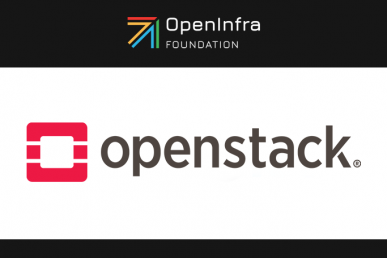It’s taken awhile, but object storage has moved out of the margins. The roots of the computer data storage architecture that manages data as objects stretch back to 1994 — the same year eBay was founded and the DVD launched — but now it’s “becoming more mainstream than ever,” according to a recent GigaOm report.
Typically employed for second-tier storage, backup and long-term archives, now it’s supporting cloud-native workloads that require data to remain always and quickly accessible. The proliferation of devices and data streaming from them is a key driver in this change. The 12-page report titled “Enabling Digital Transformation with Hybrid Cloud Data Management,” outlines new use cases along with adding a few inevitable buzzwords.
Author Enrico Signoretti notes that even the most conservative execs are “now confidently building hybrid cloud infrastructures for multiple use cases.”
Some key examples:
- Cloud bursting: leveraging the vast amounts of available computing power in the cloud for highly-demanding workloads and fast analysis, while keeping full control over data and paying only for the time required.
- Cloud tiering: offloading cold data to the cloud to take advantage of the low $/GB while maintaining flexibility.
- Business continuity (BC) and disaster recovery (DR): eliminating the expense of a secondary DR site without sacrificing data protection or infrastructure resiliency.
- Advanced data management and governance: complying with increasingly demanding regional regulations while serving global customers.
- The proliferation of edge services: supporting users, applications, and data generators that are pushing and pulling data to and from core and cloud infrastructures.
The report, sponsored by Scality, spells out the benefits of open source object storage.
Object storage with the right orchestration solution can manage huge amounts of data safely and cost-effectively, Signoretti says, making it accessible from everywhere and from every device.
An object storage solution should:
- Allow data mobility across cloud and on-premises infrastructure to support the use cases described earlier
- Possess strong security features
- Provide advanced data management capabilities to enable both architectural and business flexibility.
While the report specifically examines the merits of Scality’s products Zenko and RING8, the characteristics outlined above apply to projects in the open-source object storage panorama such as Ceph, Swift and Minio. For more, you can read the full report here.
- Demystifying Confidential Containers with a Live Kata Containers Demo - July 13, 2023
- OpenInfra Summit Vancouver Recap: 50 things You Need to Know - June 16, 2023
- Congratulations to the 2023 Superuser Awards Winner: Bloomberg - June 13, 2023

)










